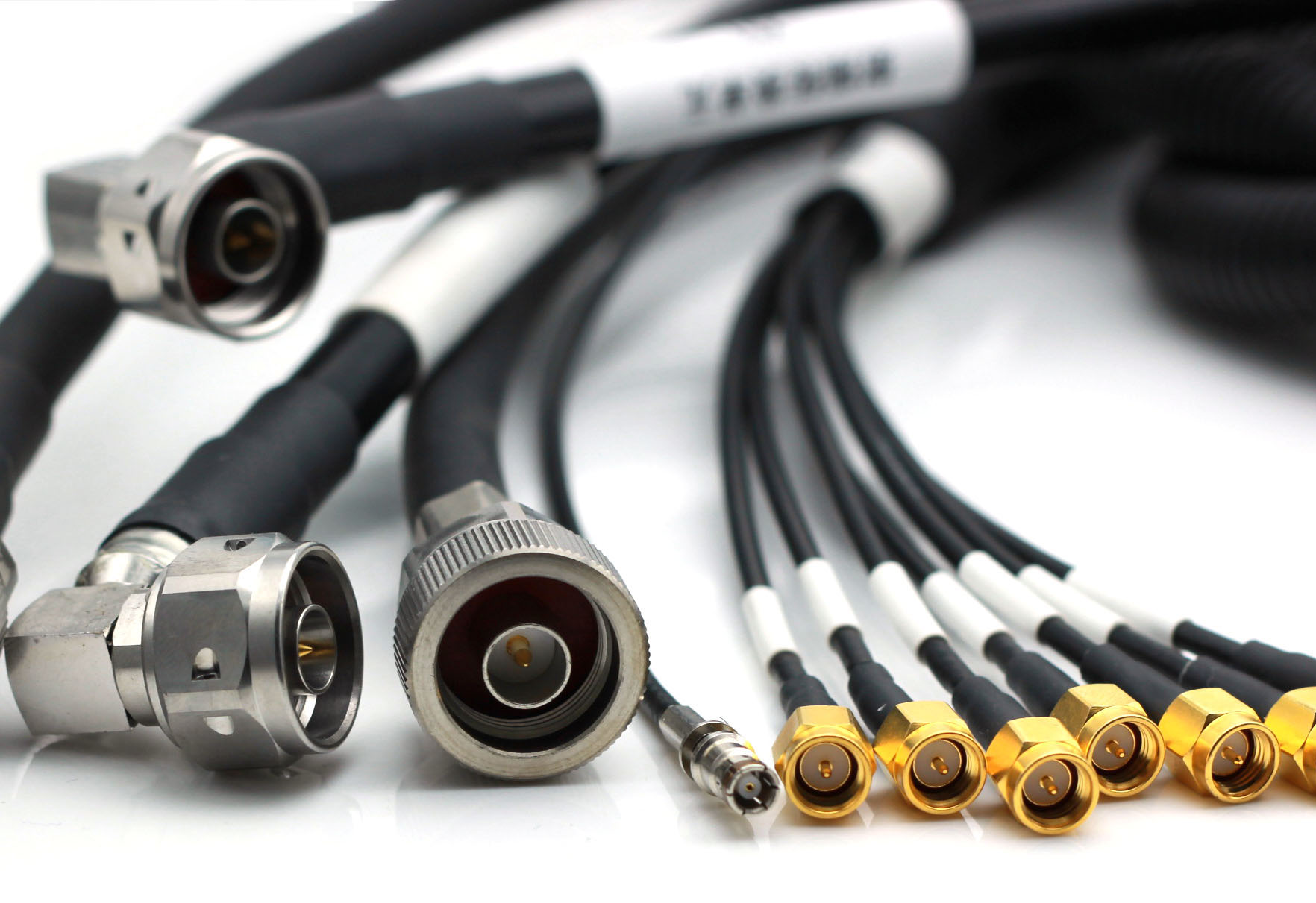How to evaluate the performance indicators of passive and active components?
The performance indicators for evaluating passive components typically include the following aspects:
Insertion loss and return loss
Insertion loss is used to measure the degree of power loss when a signal passes through a device, and the lower the value, the better.
Return loss represents the degree of signal reflection, with higher values indicating smaller reflections and better performance.
bandwidth
The wider the frequency range within which a device can operate effectively, the stronger its applicability.
impedance matching
Measuring the degree of matching between the input and output impedance of a device and the system impedance, good matching can reduce reflection and power loss.
Quality factor (Q value)
For resonant devices (such as resonant circuits composed of inductors and capacitors), the Q value reflects the ratio of energy storage to energy consumption. The higher the Q value, the better the selectivity and energy storage capacity of the device.
Power capacity
The maximum power that the device can withstand is crucial for high-power applications.
The performance indicators for evaluating active devices mainly include:
gain
Divided into voltage gain, current gain, and power gain, it reflects the device's ability to amplify signals.
Noise coefficient
Used to describe the level of noise introduced by a device, the smaller the noise figure, the better the signal quality.
Linearity
Measured by indicators such as 1dB compression point and third-order intermodulation cutoff point, devices with good linearity are less likely to produce distortion when processing large signals.
Working frequency range
Determine the frequency range within which the device can operate normally.
Input/output impedance
Affects the connection and matching with other circuit components.
Power supply voltage and current
Related to the power supply requirements and power consumption of the device.
stability
Ensure the stability of the device under different conditions and avoid issues such as self excitation.
For example, when evaluating a passive filter, we will focus on its insertion loss and out of band suppression in specific frequency bands; When evaluating an amplifier, more attention is paid to whether the indicators such as gain, noise figure, and linearity meet the design requirements.
Do you need to conduct such an evaluation in practical engineering applications, or are you learning relevant knowledge?
Copy and regenerate
How to measure the performance indicators of passive and active components specifically?
What are the performance indicators of passive and active components applied in different fields?
What are the future development trends of performance indicators for passive and active components?











Please first Loginlater ~